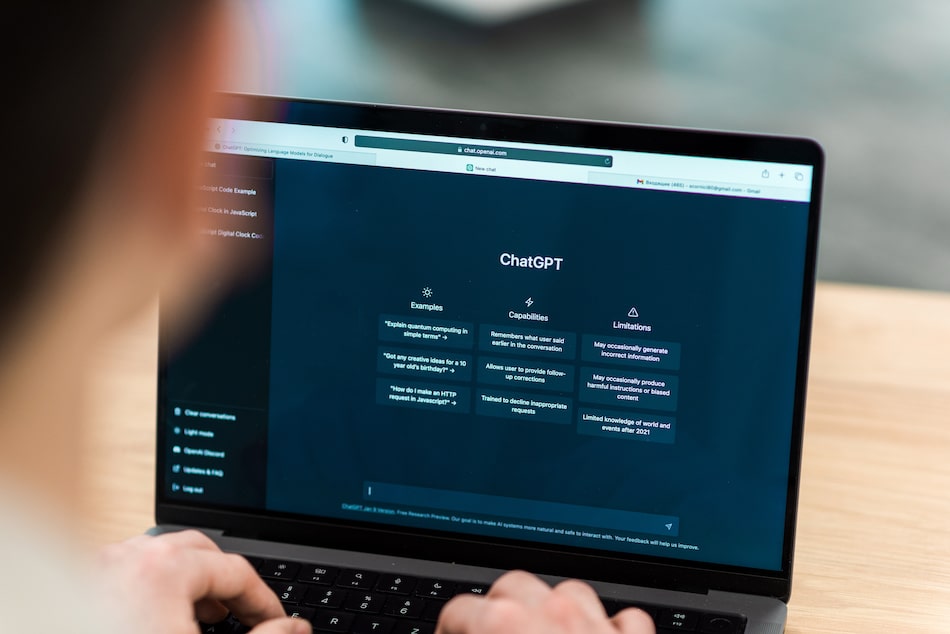Key Takeaways
All companies face risks, no matter their size, developmental stage, or industry. Management teams must navigate these vulnerabilities strategically to maintain their momentum — and keep stakeholders happy. Strangely enough, executing a systematic risk management process looks similar across the board. From deciding how severe a risk is to addressing exposures, here’s a look at how it works.
1. Risk Identification
Before you invest in any risk treatment plan, it’s critical to pinpoint specific vulnerabilities in your business. After all, it’s impossible to address exposure without knowing what it is. Unfortunately, every organization is different, even in the same industry, so there’s no one-size-fits-all solution.
However, this step isn’t as intimidating as it sounds. The most critical part is being honest, precise, and open-minded. Here are a few risk identification strategies to help you begin the process:
- Start big and go small. Identifying risks can be overwhelming; however, there’s a way to do it that won’t have you pulling out your hair. Start with high-level analysis and let the process trickle down.
For example, what are the most obvious things that could go wrong in your industry? What could go wrong in your company, in particular? And finally, what’s the worst-case scenario in your office? It’s okay to rely on pessimistic feelings for this part of the process; it even helps! - Consult an expert. Using models and software to help you identify risk is an excellent place to start, as well. Simulations, flow charts, and risk mapping can add valuable insights to the risk identification process. They are “experts” in their own right.
Another idea is to talk with a risk specialist in your industry, someone who has experienced many ups and downs. Consider your insurance broker, accountant, or financial advisor to be valuable resources during this process. - Rely on research. If you address your own losses, use this knowledge to your advantage. Perform internal research to identify the most common losses and what’s causing them. Additionally, performing external research will offer insight as to whether this is an industry-wide issue. You can even depend on customer feedback or employee surveys to help you fine-tune your findings.
BOR insurance, also known as Broker of Record insurance, is a vital part of the risk management process. It involves designating a specific insurance broker as the official representative of your company when dealing with insurance providers. The BOR insurance approach can streamline the process of obtaining insurance coverage and ensure that your company’s interests are well-represented in negotiations with insurers.
2. Risk Analysis
After you’ve identified company-specific and industry-wide risks, the next step is to analyze these exposures. Risk assessment isn’t anything new, so please rely on tools to guide you. Nevertheless, it’s vital to know how bad this is going to hurt, per se.
For example, if the worst-case scenario unfolded in your office, what kind of damage would it cause? Consider the financial loss, reputational damage, decreased employee morale, etc. Naturally, recovering from any loss requires time, energy, and capital — but how much?
Knowing how badly a risk could hurt your company is critical information. None of us want disasters to play out in our lives or businesses, but unfortunately, sometimes they do. An excellent approach is to rate risk according to how much damage it could potentially cause. Additionally, how likely is it that the risk will occur?
Actuarial tables are a great starting point as these tools rate risk according to statistical data. Not only will the information be alarmingly evident on an actuarial table, but it will also be accurate and reliable.
3. Risk Evaluation
Take heart in knowing that the scariest parts of this risk management process are mostly over. Identifying risks will often shake executives from a comfortable mindset, but risk analysis can cause anxiety and sleepless nights. We’d never wish that trouble on you, so breathe easy during this next step: risk evaluation.
Unlike analyzing risk, where you allow your mind to experience the what-ifs, risk evaluation is more about choices and you can easily manage it with software vendor evaluation. It’s your chance to decide whether a particular risk is acceptable. More informally, it’s your thumbs up or thumbs down moment. Combining likelihood and consequence during this step, you evaluate whether an exposure warrants treatment.
Are you wondering what does D&O insurance not cover in this context? Do you require insurance coverage for this risk? Can you formulate a recovery plan that ensures your company can swiftly get back on its feet following a loss? Alternatively, could this specific loss potentially lead to the closure of your business?
Depend heavily on your management team for this step. Do you all agree on the risk evaluation, or do some team members think a vulnerability is more severe than others? Don’t be afraid to take a second or third look at a particular risk. See it from all angles, and examine the consequences inside and out.
4. Risk Tracking
Regarding expectancy, newer companies don’t have the same advantage as older companies; they simply don’t have the experience. Well-established businesses, though, have a defined history on which they can glean.
Whether your company is new or old, time doesn’t stop for anyone, so you can start tracking your risks any time you please. Risk tracking involves monitoring specific exposures to see if damage occurs and how you recovered from it. Not only is this data helpful, but it can reveal any weak points in your risk management plan.
Experiencing a loss can tell you a lot about your organization. Perhaps, you could have avoided the loss had your employees undergone more training. Maybe, there is a flaw in your daily operations. It could be that your industry is experiencing a dynamic shift, and you must protect your company’s longevity by adopting new strategies.
Risk tracking is a valuable tool for businesses that want to work smarter, not harder. Older companies have decades’ worth of telling risk tracking data. But you don’t need that much information to make educated decisions. Even a few months or years will help guide your risk management efforts.
5. Risk Treatment
Risk treatment is likely the most enjoyable part of this entire process. You get to place a safety net under the most valuable legs of your company — and that’s a comforting feeling. But what is a risk treatment plan?
For many companies, risk treatment means eliminating the risk by giving up a product or service. For others, it means building a framework around the risk to better support ongoing projects and goals.
Insurance policies are some of the top risk treatment plans available. One crucial form of insurance that companies can utilize is Directors and Officers (D&O) insurance. D&O insurance provides coverage for the personal liability of company directors and officers, protecting them from legal claims that may arise from their decisions and actions while managing the company.
Insurance policies are some of the top risk treatment plans available. Whether it’s protecting your management team with directors and officers (D&O) insurance or safeguarding your customers with a general liability policy, insurance coverage can support your company for the long haul.
Understanding the details of what coverage your company needs can be a confusing process. Founder Shield specializes in knowing the risks your industry faces to make sure you have adequate protection. Feel free to reach out to us, and we’ll walk you through the process of finding the right policy for you.
Want to know more about business insurance? Talk to us! You can contact us at info@foundershield.com or create an account here to get started on a quote.











